Recent Posts
- Packaging Trends in Malaysia 2026: The Future of Packaging Box Printing Malaysia
- What Women Want: Custom Packaging Box Printing Malaysia for Beauty & Skincare Brands
- Mooncakes and Custom Packaging Boxes in Malaysia: Tradition Meets Creativity
- What Industries Can Benefit From Custom Packaging Box Printing in Malaysia?
- How FSC Packaging and Printing Malaysia Is Shaping a More Sustainable Future
Recent Comments
- spookyswap yield on Why Do Die-Cut Window Packaging Box Printing in Malaysia?
- Binance美国注册 on Is Plastic Bag Making a Comeback in Malaysia?
- Buat Akun Pribadi on Tips for a Successful Packaging Box Design
- binance napotitev on The Unsung Hero – The Packaging Box Structural Designer
- gratis binance-konto on Boost Your Food Brand with Gable Box Packaging


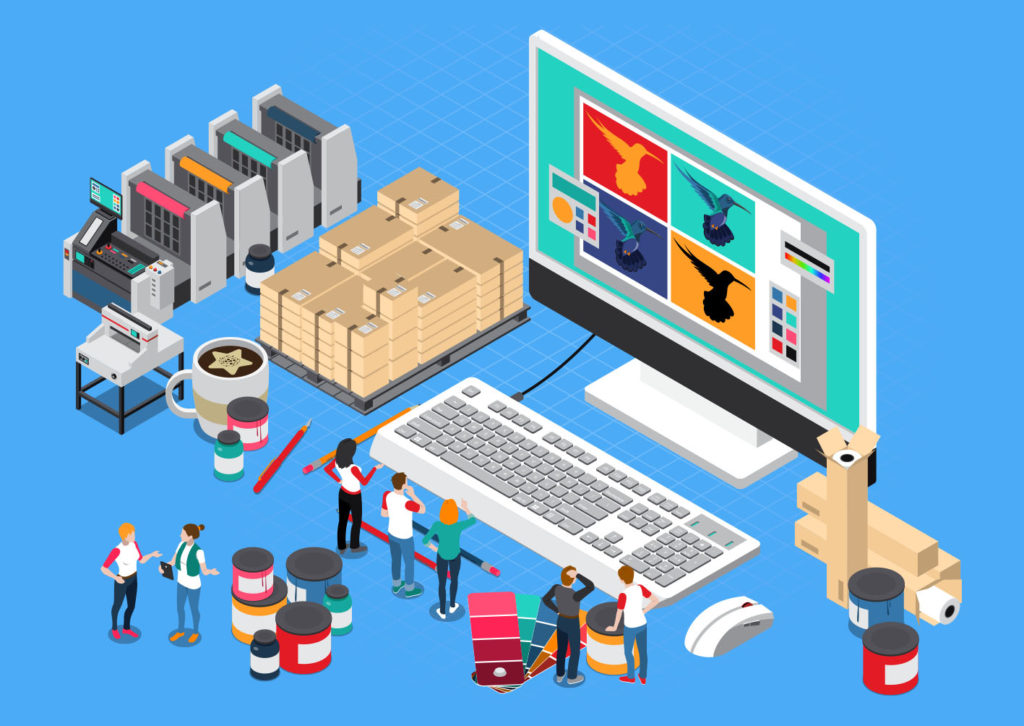
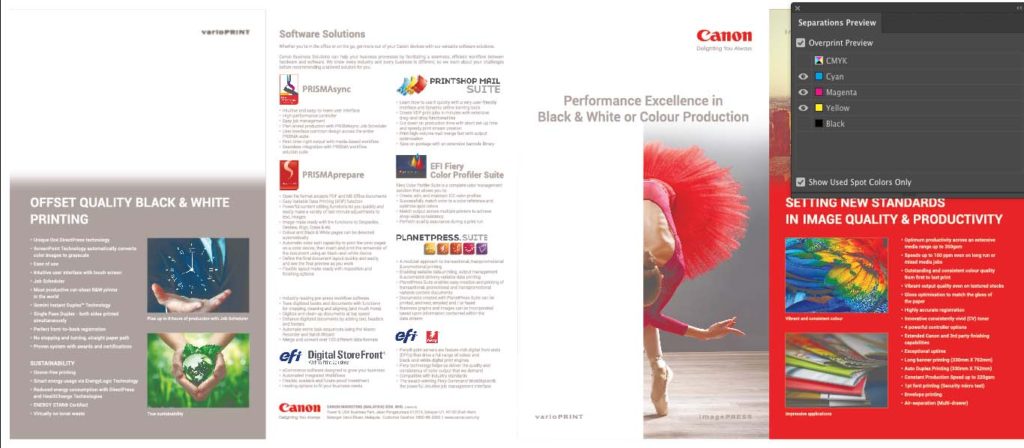
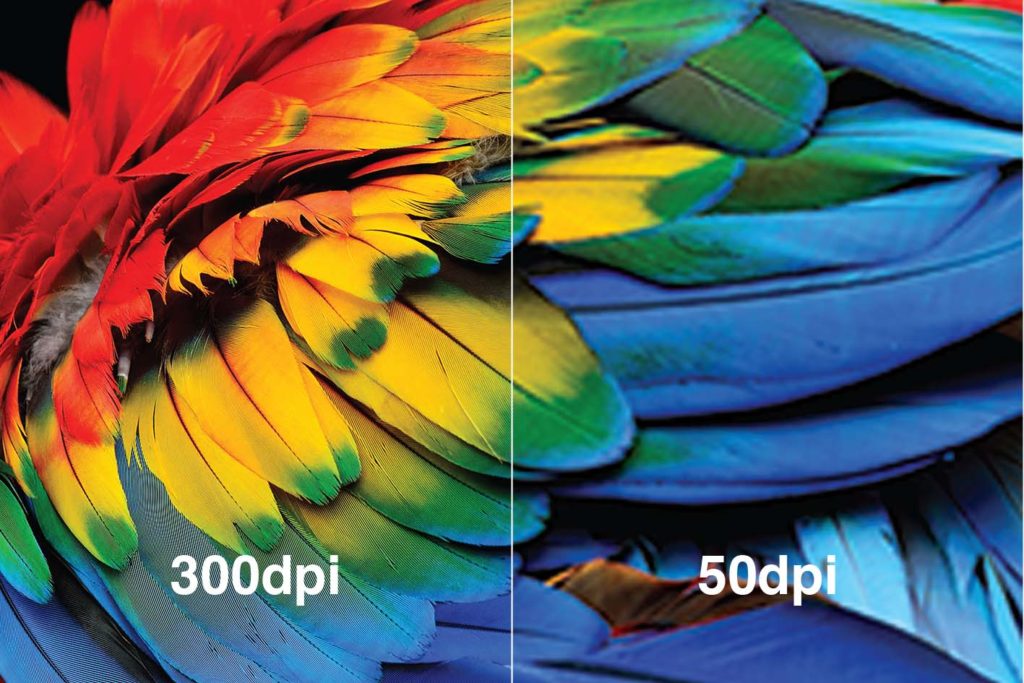
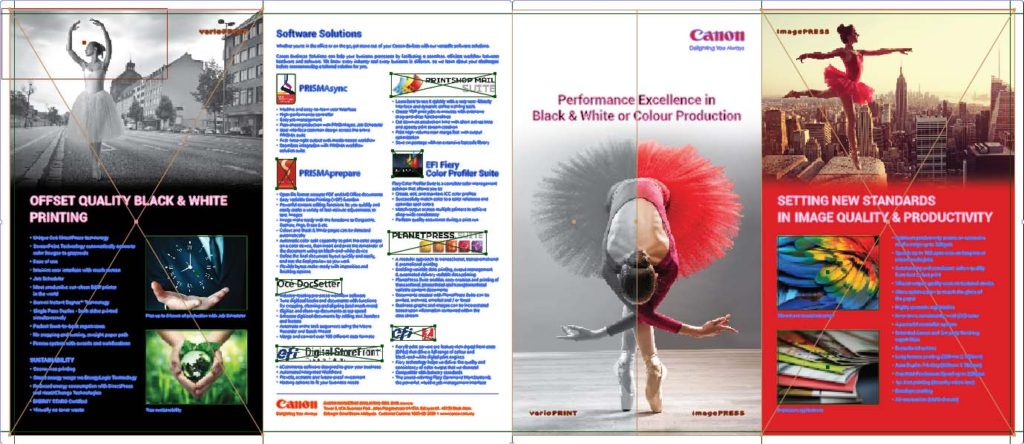
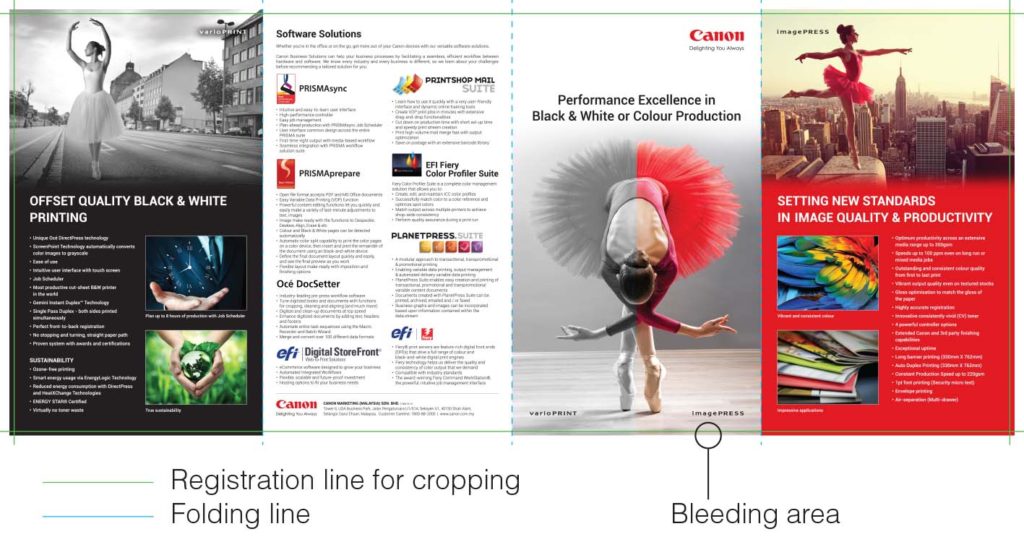
One Response
Your point of view caught my eye and was very interesting. Thanks. I have a question for you.